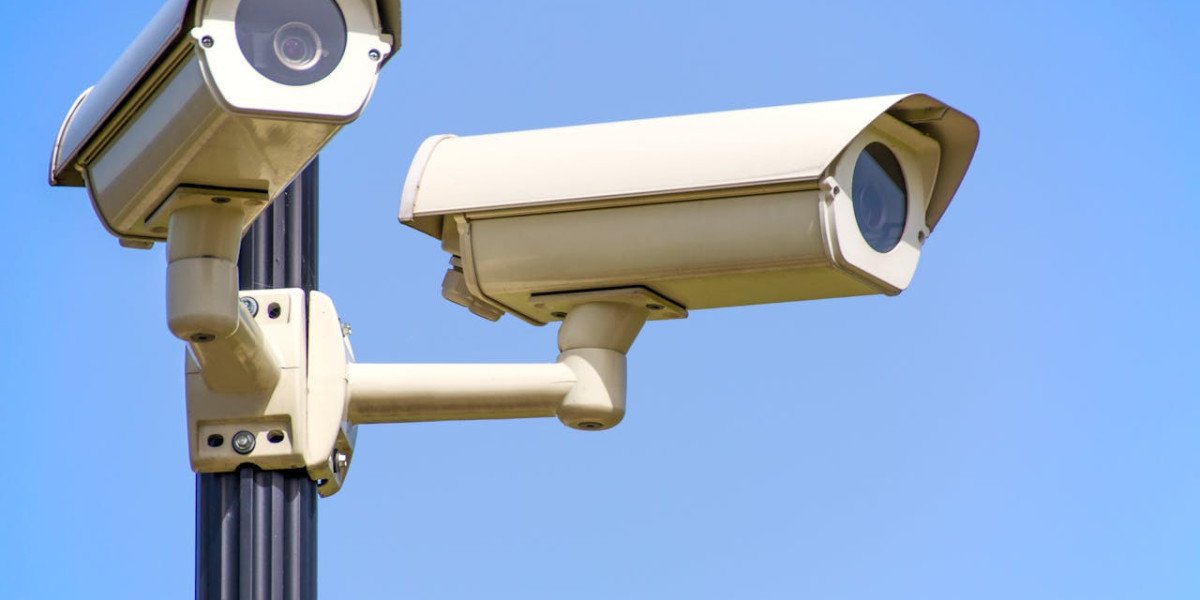Maintaining workplace safety has always been crucial, but recent times have made it more necessary than ever. With the growing need to protect assets, monitor daily operations, and ensure staff safety, many businesses are turning towards office CCTV systems as a reliable solution.
Not only does CCTV offer visible protection, but it also serves as an integral part of broader business security solutions. As companies of all sizes reassess their security infrastructure, the presence of a robust camera system is no longer optional — it is essential.
Why Office CCTV Matters More Than Ever
While some organisations still rely on traditional security methods, many are discovering that such strategies fall short in today’s business environments. CCTV systems fill that gap by offering visual, real-time, and recorded monitoring that benefits every aspect of a workplace.
Here are several key reasons why installing an office CCTV system matters:
Visual deterrence: Cameras in clear sight discourage unauthorised behaviour.
Evidence collection: Footage provides valuable evidence in disputes or investigations.
Workplace monitoring: Ensures that employee conduct aligns with company policies.
Remote access: Most modern systems offer mobile or web-based video feeds.
Thanks to advances in video management software, monitoring is no longer limited to security teams alone. Business owners and managers can also keep an eye on operations from any location, making oversight simpler and more efficient.
Benefits of CCTV in Business Security Solutions
Office CCTV systems aren’t just about catching intruders or preventing theft. They contribute to broader business security solutions that address many day-to-day challenges. When paired with other tools, such as alarm systems and access controls, CCTV plays a critical role in building a safe, functional environment.
These benefits include:
Reducing liability risks: In case of accidents or claims, video evidence can support investigations.
Boosting staff safety: A monitored environment discourages harassment, bullying, and misconduct.
Improving productivity: Employees tend to remain more focused when they know their actions are recorded.
Visitor management: Footage helps identify who is entering or leaving the premises.
Furthermore, footage can aid in policy development. By reviewing past incidents, businesses can refine internal procedures and minimise future risks.
Where Office CCTV Makes the Biggest Impact
Although offices are the primary focus, CCTV systems are just as critical in other parts of the business premises. For instance, warehouse CCTV offers additional layers of protection where valuable stock and equipment are stored.
CCTV coverage is particularly effective in the following areas:
Entry and exit points
Reception and waiting areas
Corridors and shared spaces
Server and data rooms
Storage facilities and warehouses
Each of these areas presents unique challenges. In warehouses, for example, theft may come from internal or external sources. By placing warehouse CCTV in strategic spots, businesses not only deter crime but also gain visibility into logistics and staff efficiency.
How Video Management Software Supports CCTV Use
Many companies wrongly assume that having a few cameras around the office is enough. However, the real advantage comes when those cameras are integrated with reliable video management software.
This software acts as the control hub — collecting, storing, and organising footage for easy access. More importantly, it allows:
Scheduled recording to conserve data
Motion-triggered alerts to detect unusual activity
Searchable archives for locating specific events
Multi-location viewing to oversee different sites from a single dashboard
Using video management software also streamlines the process of sharing footage with authorities, insurers, or legal teams when needed.
CCTV and Employee Trust: Balancing Safety with Respect
Although office CCTV serves as a protective measure, some employees may initially feel uneasy about being recorded. Therefore, it’s essential to use these systems transparently.
Organisations that successfully integrate CCTV into the workplace do so with clear communication. They outline the reasons for surveillance and ensure that it is used ethically. By focusing on safety rather than control, employers can build trust and demonstrate their commitment to employee wellbeing.
Transparency about CCTV use — through signage, training, and open discussion — encourages a healthier workplace culture.
Compliance with Local Laws and Best Practices
Installing CCTV comes with responsibilities. Each Australian state has its own set of guidelines regarding privacy and surveillance, and it’s vital for businesses to adhere to them.
Key compliance considerations include:
Informing staff and visitors that surveillance is in place
Using footage only for intended purposes
Securing storage to prevent unauthorised access
Limiting access to recorded material
By following these standards, companies not only protect themselves legally but also show respect for everyone entering the premises.
Practical Tips for Choosing the Right CCTV System
Choosing the right CCTV system is a significant decision. It’s not just about selecting high-resolution cameras — it’s about tailoring the setup to meet your specific workplace needs.
When evaluating a CCTV system, consider the following:
Camera type: Do you need indoor, outdoor, or infrared night vision?
Field of view: How much area does each camera cover?
Scalability: Can the system expand with your business?
Integration: Will it work with your existing security measures?
User interface: Is the video management software intuitive?
Investing in the right system from the start reduces long-term maintenance and ensures optimal performance.
Office CCTV in Warehouses, Remote Sites, and Shared Offices
While standard office buildings benefit greatly from CCTV, other work environments require special consideration.
Warehouse CCTV must deal with low lighting, large areas, and forklift traffic.
Remote sites might need solar-powered or mobile CCTV units.
Shared offices often demand privacy-conscious placement and access control integration.
In each case, the principle remains the same — surveillance provides protection, clarity, and accountability. The key is adapting the technology to suit the location’s challenges.
Why Long-Term Planning Matters for Workplace Security
Installing a CCTV system is not a one-time task. Like all other parts of your business, your security setup should evolve with your needs.
Long-term planning involves:
Regular system reviews
Upgrades to hardware and software
Staff training refreshers
Expanding coverage as operations grow
Consistent evaluation ensures your office CCTV remains effective. It also shows employees and stakeholders that the business takes security seriously — which can enhance your reputation and peace of mind.
Conclusion: Office CCTV as a Cornerstone of Workplace Safety
Office CCTV is not just a tool — it’s a foundational part of smart, proactive business security solutions. From entry points to warehouses, and from staff safety to legal compliance, CCTV systems deliver reliable support across every layer of a company’s operations.
By integrating video management software and tailoring coverage to high-risk zones such as storage areas, businesses strengthen both prevention and response. Moreover, by using systems ethically and responsibly, companies can maintain trust while creating safer workplaces.
Whether it’s a single-floor office or a large warehouse complex, investing in a well-planned, well-maintained CCTV setup is a step no business can afford to skip. And for those seeking reliable, long-lasting security options, KISSPS provides solutions tailored to fit every workplace scenario.








